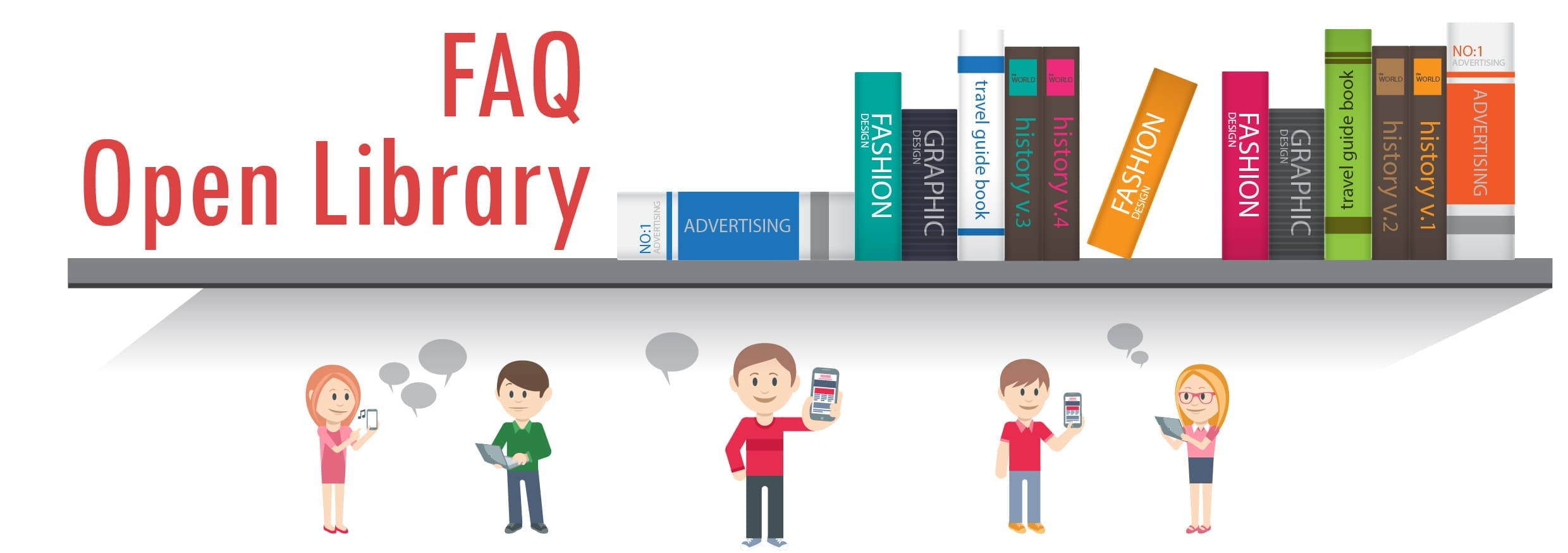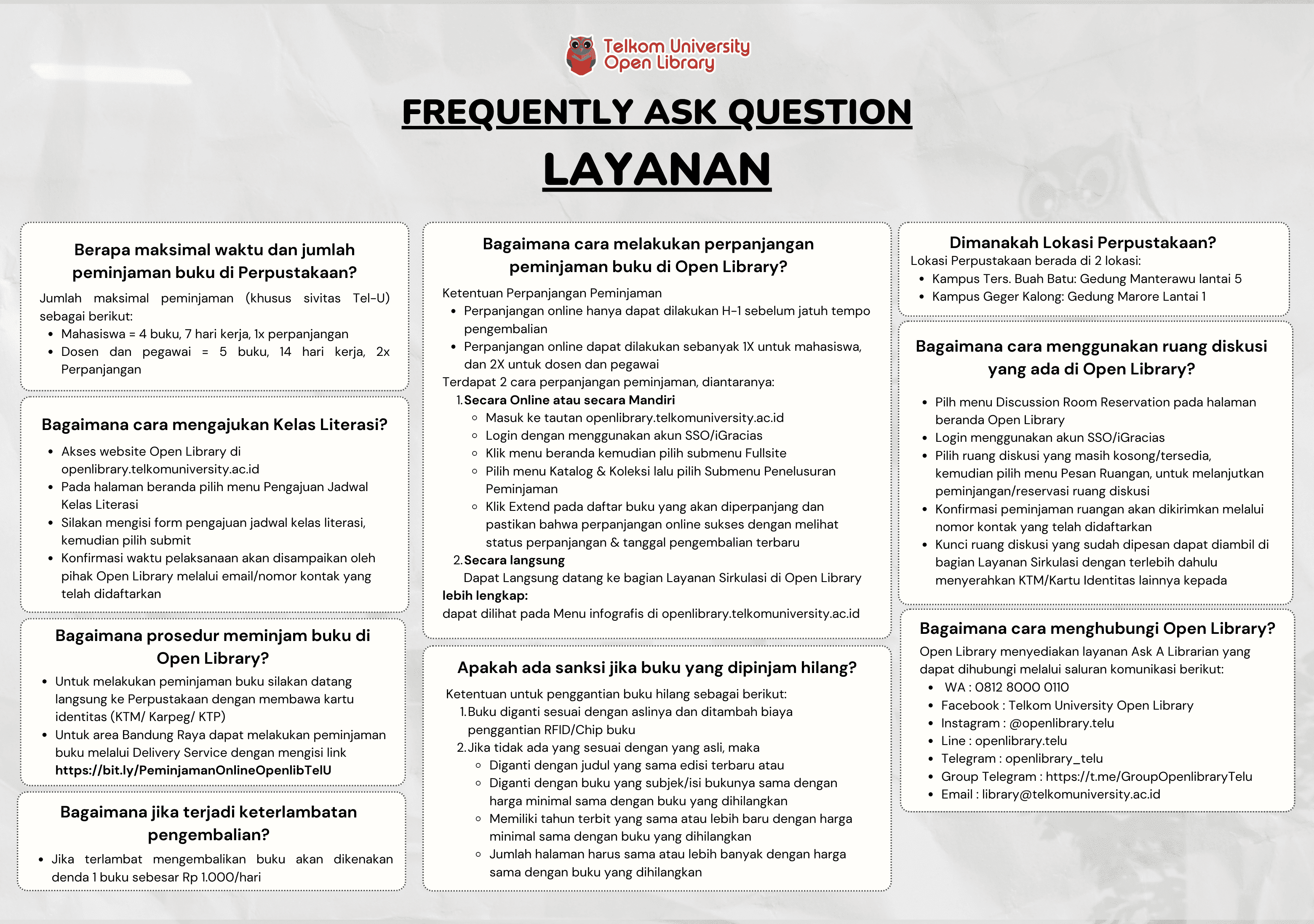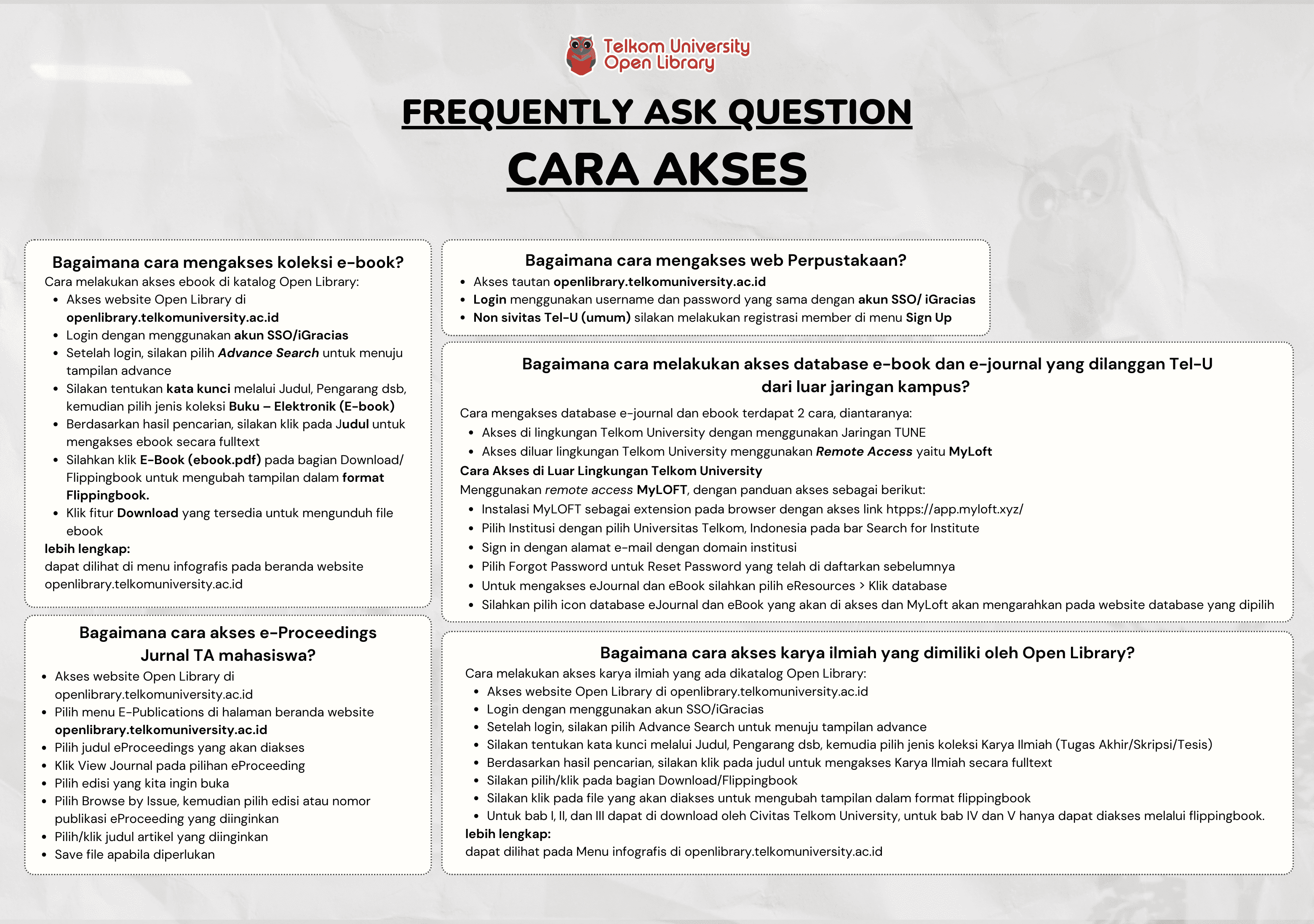Machine Learning for Signal Processing: Data Science, Algorithms, and Computational Statistics
Max A. Little

Informasi Umum
Kode
20.21.1318
Klasifikasi
006.31 - Machine Learning
Jenis
Buku - Elektronik (E-Book)
Subjek
Machine Learning
No. Rak
Dilihat
209 kali
Informasi Lainnya
Abstraksi
Digital signal processing (DSP) is one of the ‘foundational’ but somewhat invisible, engineering topics of the modern world, without which, many of the technologies we take for granted: the digital telephone, digital radio, television, CD and MP3 players, WiFi, radar, to name just a few, would not be possible. A relative newcomer by comparison, statistical machine learning is the theoretical backbone of exciting technologies that are by now starting to reach a level of ubiquity, such as automatic techniques for car registration plate recognition, speech recognition, stock market prediction, defect detection on assembly lines, robot guidance and autonomous car navigation. Statistical machine learning has origins in the recent merging of classical probability and statistics with artificial intelligence, which exploits the analogy between intelligent information processing in biological brains and sophisticated statistical modelling and inference.
DSP and statistical machine learning are of such wide importance to the knowledge economy that both have undergone rapid changes and seen radical improvements in scope and applicability. Both DSP and statistical machine learning make use of key topics in applied mathematics such as probability and statistics, algebra, calculus, graphs and networks. Therefore, intimate formal links between the two subjects exist and because of this, an emerging consensus view is that DSP and statistical machine learning should not be seen as separate subjects.
- TKI4F3 - PEMBELAJARAN MESIN
- CII3C3 - PEMBELAJARAN MESIN
- TEI4N3 - PEMBELAJARAN MESIN DAN APLIKASI
- CII3L3 - PEMBELAJARAN MESIN LANJUT
- TEI6G3 - PEMBELAJARAN MESIN LANJUT
- CII7F3 - PEMBELAJARAN MESIN UNTUK SISTEM REKOMENDASI
- CII7F3 - PEMBELAJARAN MESIN UNTUK SISTEM REKOMENDASI
- TFI3C3 - PENGOLAHAN SINYAL
- TKI3K3 - PENGOLAHAN SINYAL DIGITAL
- TTI7A3 - PENGOLAHAN SINYAL DIGITAL LANJUT DAN APLIKASI
- VTI2G3 - PENGOLAHAN SINYAL INFORMASI
- TTI7E3 - PENGOLAHAN SINYAL LARIK
- TTI4V3 - PENGOLAHAN SINYAL MULTIMEDIA
- TTI7D3 - PENGOLAHAN SINYAL RADAR
- TTI3B3 - PENGOLAHAN SINYAL WAKTU DISKRET
- TTI3B3 - PENGOLAHAN SINYAL WAKTU DISKRET
- TTI2I3 - PENGOLAHAN SINYAL WAKTU KONTINU
- TTI2I3 - PENGOLAHAN SINYAL WAKTU KONTINYU
- TEI7D3 - TOPIK LANJUT DALAM INSTRUMENTASI DAN PENGOLAHAN SINYAL BIOMEDIS
- CPI3C3 - PEMBELAJARAN MESIN
- TTI2I3 - PENGOLAHAN SINYAL WAKTU KONTINYU
- TTI3A3 - PENGOLAHAN SINYAL WAKTU DISKRET
- CDK2MAB3 - Pembelajaran Mesin
- CAK3JAB3 - Pembelajaran Mesin
- CAK3JAB3 - Pembelajaran Mesin
- AZK3AAB3 - Pengolahan Sinyal Waktu Diskret
- AZK2GAB3 - Pengolahan Sinyal Waktu Kontinu
- AZK3AAB3 - Pengolahan Sinyal Waktu Diskret
- AZK2GAB3 - Pengolahan Sinyal Waktu Kontinyu
- GEK2MAB2 - Pengolahan Sinyal Digital
- ACK4EBB3 - Pembelajaran Mesin
Koleksi & Sirkulasi
Tersedia 1 dari total 1 Koleksi
Anda harus log in untuk mengakses flippingbook
Pengarang
| Nama | Max A. Little |
| Jenis | Perorangan |
| Penyunting | |
| Penerjemah |
Penerbit
| Nama | Oxford University Press |
| Kota | New York |
| Tahun | 2019 |
Sirkulasi
| Harga sewa | IDR 0,00 |
| Denda harian | IDR 0,00 |
| Jenis | Non-Sirkulasi |



















